Humans news stories
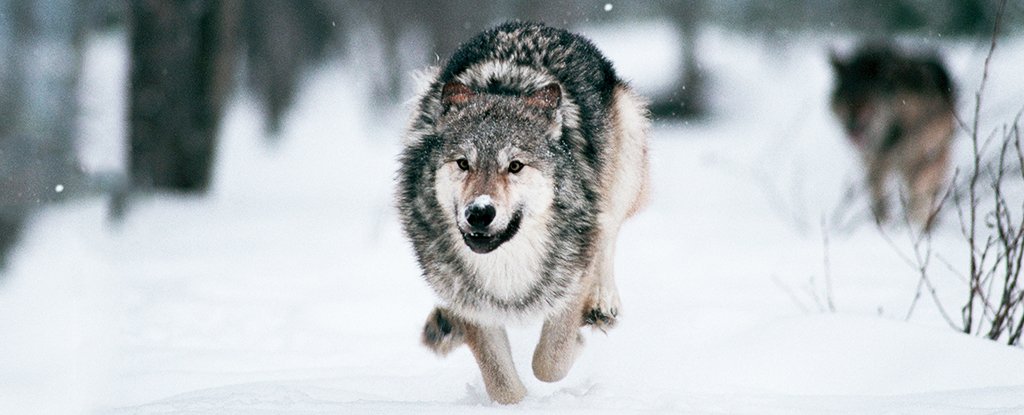
Ancient DNA, including that of wolves preserved in permafrost for tens of thousands of years, is shedding some light on how wild wolves became some of our best non-human friends.
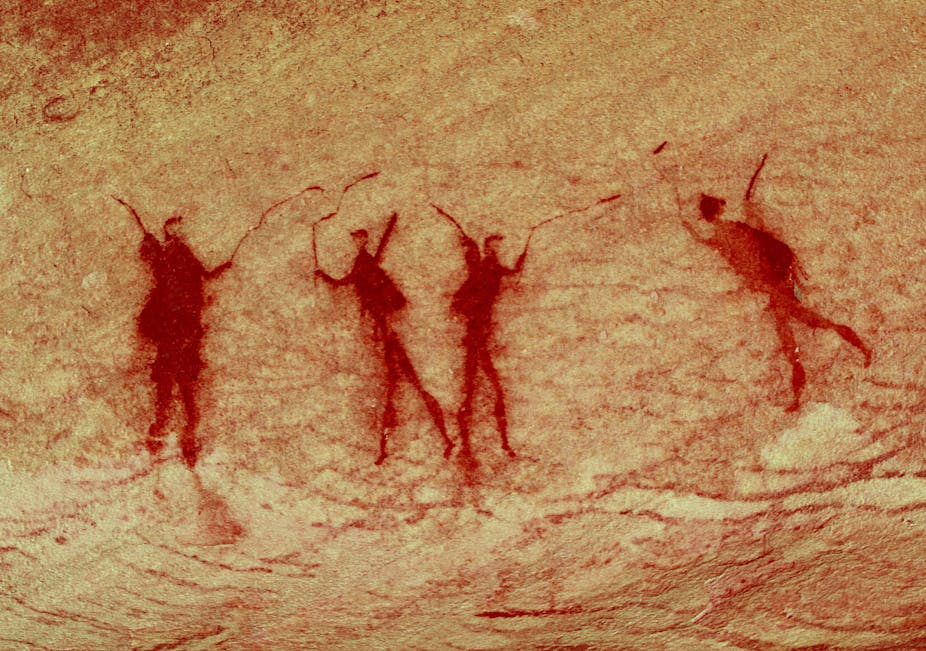
Archaeologists spend a lot of time examining the remains of distant pasts, which includes the study of rock paintings. This is largely visual work – but sometimes we can “hear” the ancient past using acoustic methods.

A new wave of scientists argues that mainstream evolutionary theory needs an urgent overhaul. Their opponents have dismissed them as misguided careerists – and the conflict may determine the future of biology.
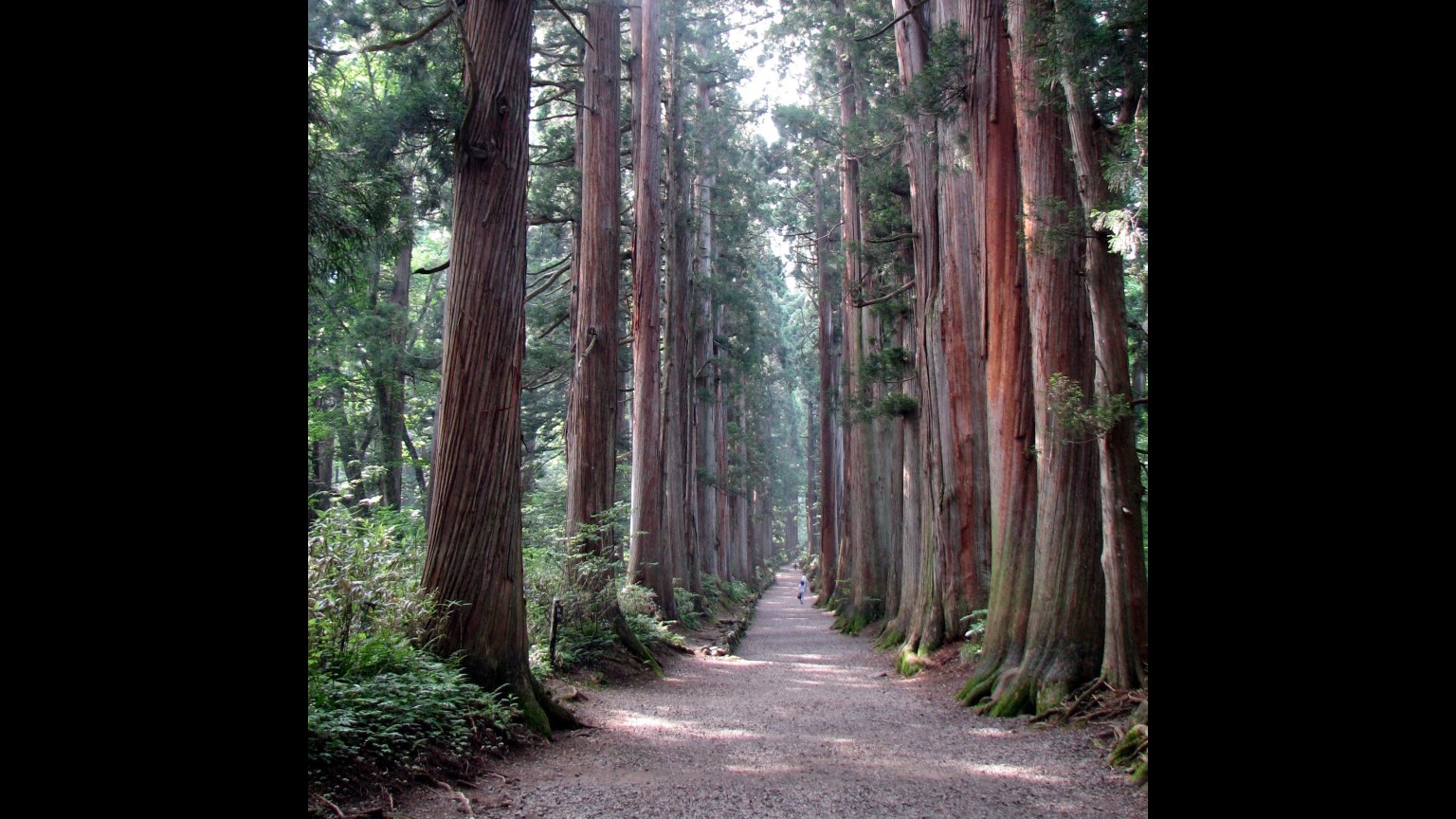
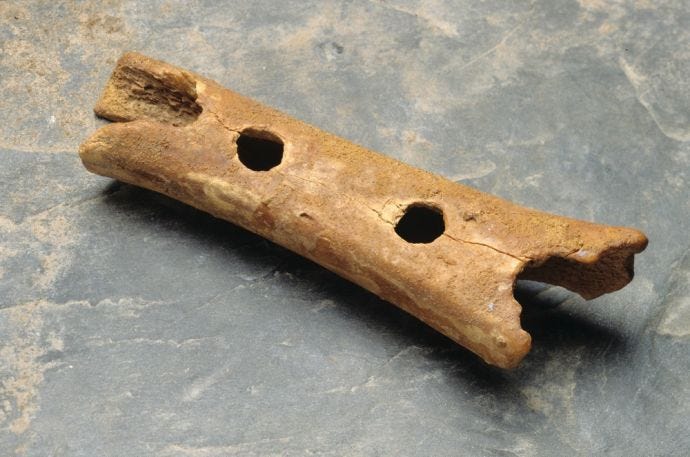
A fifty-thousand-year-old bone flute changes perceptions of an ancestor and explains why music is a powerful force.
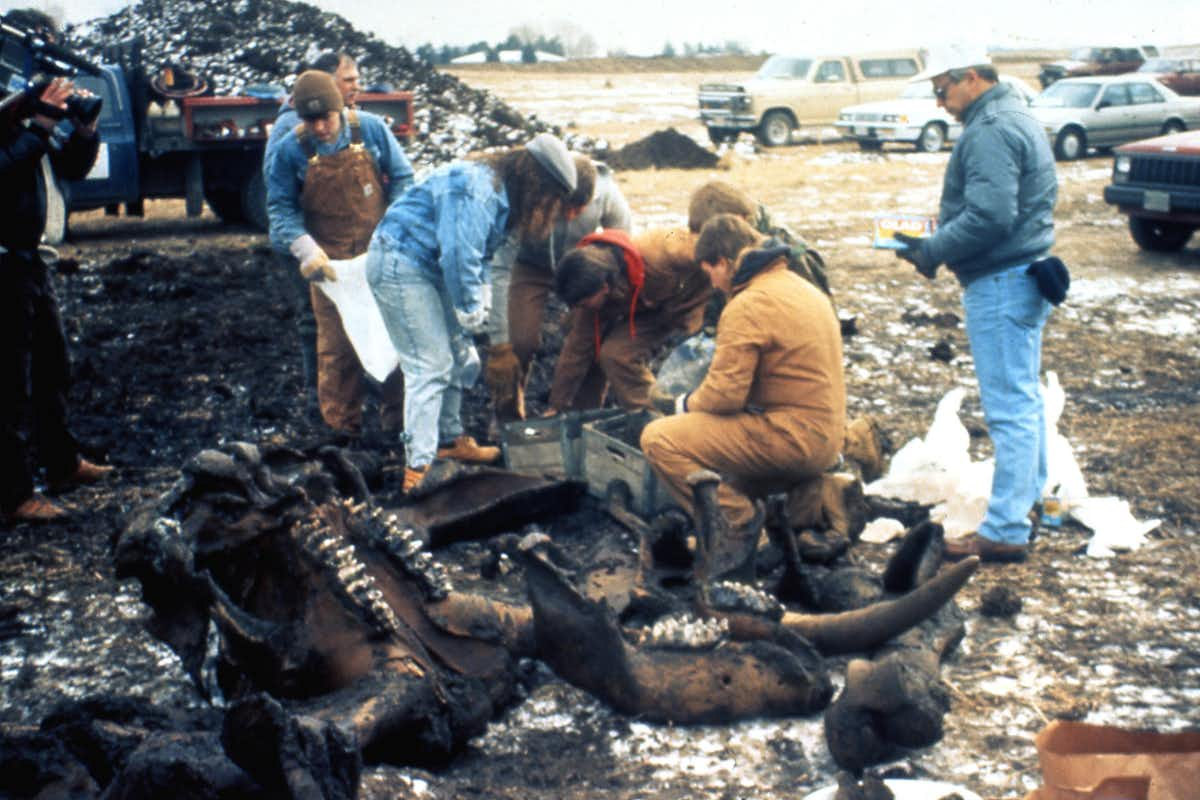
We know that the Earth has had at least five major ice ages. The first one happened about 2 billion years ago and lasted about 300 million years. The most recent one started about 2.6 million years ago, and in fact, we are still technically in it.
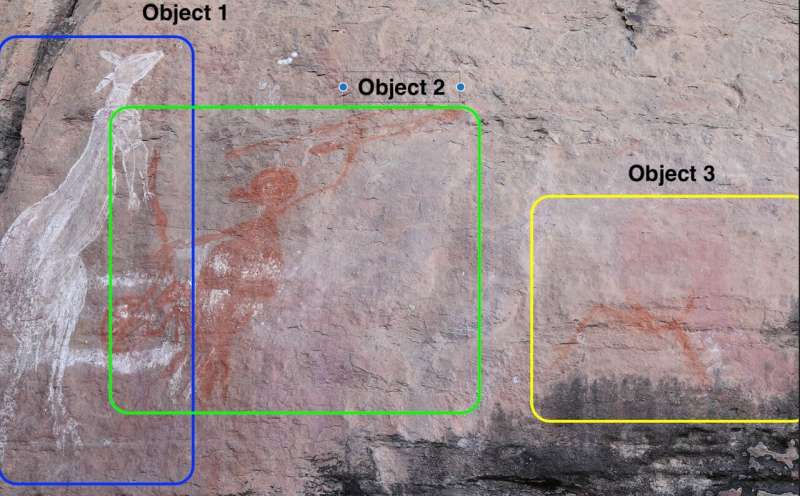
Researchers have developed a way to detect the presence of rock art in remote, hard-to-reach areas in Australia’s rugged landscapes using Machine Learning (ML) methods.
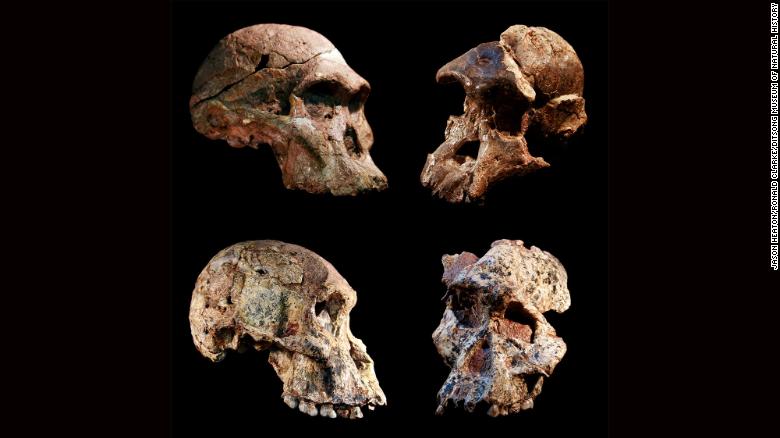
Fossils of early human ancestors from a South African cave are 3.4 million to 3.6 million years old — making them a million years older than previously suspected and shaking up the way researchers understand human origins and evolution.
A new study has identified an important molecular analogy that could explain the remarkable intelligence of these invertebrates

Hidden passageways used by ancient Andean culture opened for the first time in 3,000 years.

It was a young miner, digging through the northern Canadian permafrost in the seemingly aptly named Eureka Creek, who sounded the alarm when his front-end loader struck something unexpected in the Klondike gold fields
/cloudfront-us-east-2.images.arcpublishing.com/reuters/MVMN7IQJGRPXVG7EQEG3L4X5BE.jpg)
Archaeologist Mate Parica was examining satellite images of Croatia’s coastline when he spotted something unusual.
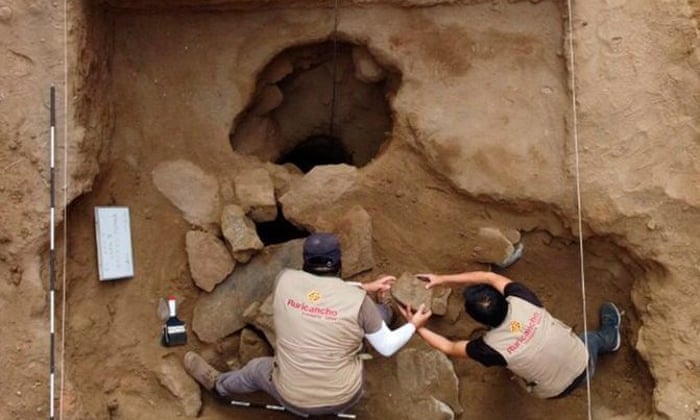
Scientists have unearthed an Inca-era tomb under a home in the heart of Peru’s capital, Lima, a burial believed to hold remains wrapped in cloth alongside ceramics and fine ornaments.

Scientists probe the link between serotonin and cannabinoid signaling.
Image from: Apollo (Wiki Commons)
An unpublished report obtained has outlined the cultural and archaeological significance of Kokatha Aboriginal sites that were discovered in a military testing range in South Australia.
Image from: en.wikipedia (Wiki Commons)
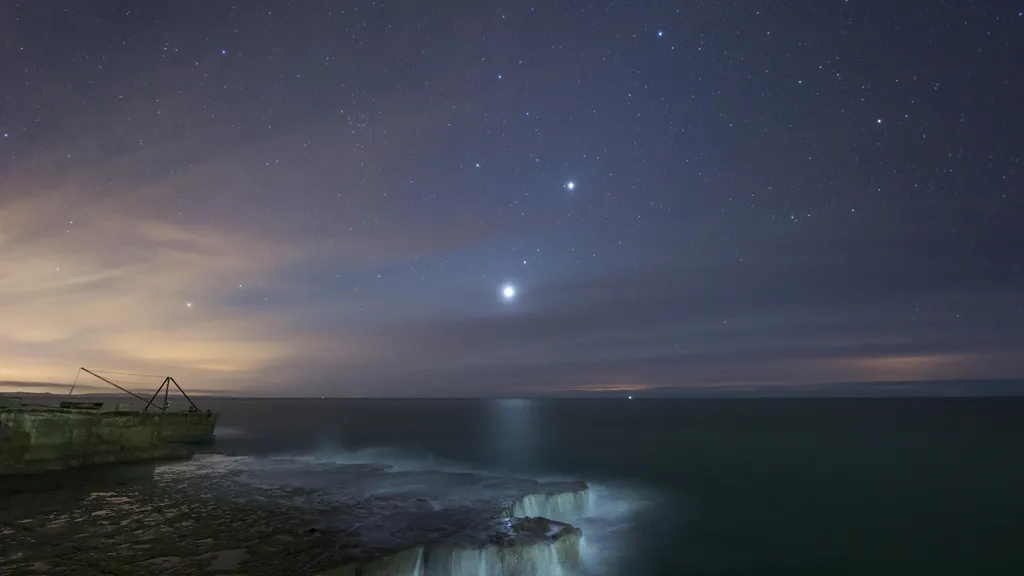
This rare planetary alignment has been visible since early June. But the view should be particularly impressive this week, as Mercury is at its brightest and the waning moon joins the parade of planets.








